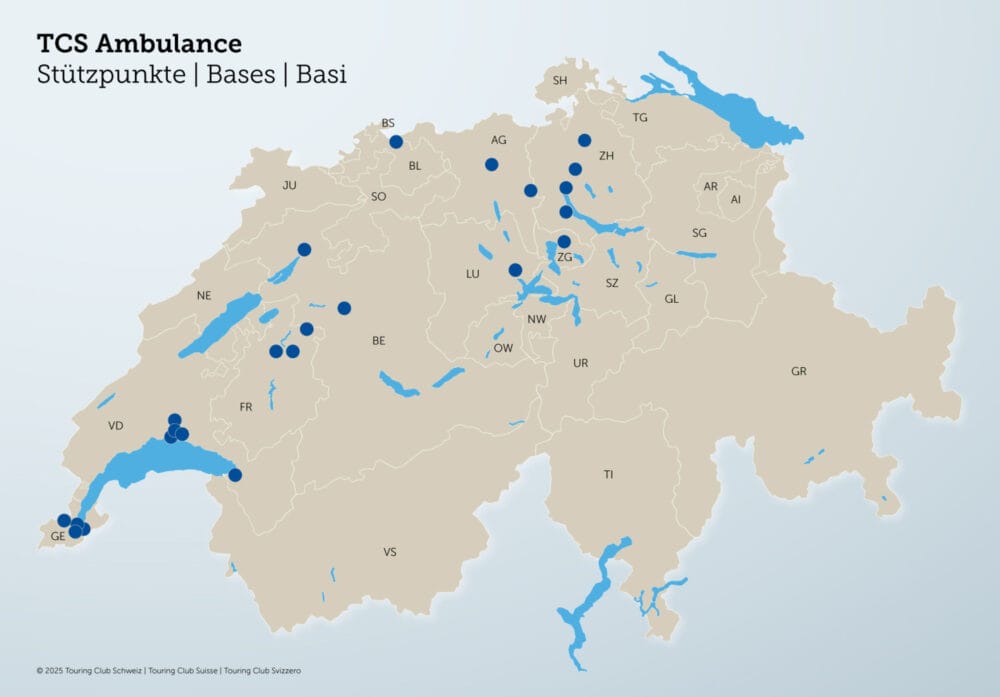Proton therapy: A success story that began 25 years ago
On November 25, 1996, the Center for Proton Therapy at the Paul Scherrer Institute PSI treated a cancer patient for the first time using the so-called spot-scanning technique - a worldwide first. This type of radiation, developed at PSI, scans deep-seated tumors with a pencil-thin beam of charged particles. In this way, the cancer cells are killed with pinpoint accuracy, while surrounding healthy tissue is spared.

It was a Monday, and the team at the Center for Proton Therapy had gathered in the control room. "We were standing close together, looking spellbound at the monitor showing the treatment room," recalls Martin Grossmann, then as now a physicist at the Center for Proton Therapy (ZPT) at PSI. In the 1990s, as part of a 15-member team led by Hans Blattmann, Eros Pedroni and Gudrun Goitein, he developed a new technique to cure cancer patients: spot scanning, also called pencil beam scanning.
On November 25, 1996, the time had come: For the first time, a person was lying on the patient couch in the treatment room. The 62-year-old man from the canton of Lucerne had a malignant skin cancer that had already formed daughter tumors in the brain. These brain metastases were to be irradiated using the new technique.
The team was nervous - despite excellent preparation. "You can treat as many plastic dolls and water baths as you want, but when you have a real patient lying there, it's a very different experience," says medical physicist Tony Lomax, part of the development team. On the Monday in question, he helped to position the patient correctly so that the proton beams hit the exact area of the body that was to be irradiated. Because millimeters matter: "A proton beam is like a sharp tool," Martin Grossmann emphasizes. "You can't make a mistake."
Great success
The team of specialists made sure that the technology worked smoothly. And finally, on November 25, everyone could breathe a sigh of relief: The irradiation went according to plan - just as Martin Grossmann and Tony Lomax had expected. "We were rock solidly convinced that we had the technology under control. We went to great lengths to make everything one hundred percent safe for the patients," says Grossmann.
The very next year, the Center for Proton Therapy successfully treated several more patients. The experts were skeptical at first - the technique seemed too unmanageable at the time. For more than ten years, until 2008, the Paul Scherrer Institute was the only institution to use this procedure. In the meantime, however, the spot scanning technique has spread throughout the world and is considered the preferred method of proton therapy.
Erase the tumor
"Proton therapy has changed the fight against cancer from the ground up," says Damien Weber, chief physician and head of the ZPT. In proton therapy, a proton beam - that is, a focused beam of fast, charged particles - kills tumor cells by destroying the genetic material DNA within them. This is also what classical radiation therapy, which is typically used for cancer and maltreats the cells with X-rays, does.
But protons have a major advantage over high-energy radiation, Weber explains: they can be used to determine very precisely where in the body they will have their destructive effect. "Radiation-related side effects are so much rarer. That's why the method is particularly suitable for children, but also for tumors in hard-to-reach or particularly sensitive areas of the body." These include, for example, tumors in the head area or near the spine.
For a long time, the medical profession used the so-called scattering method for proton therapy. In this process, the proton beam is fanned out and filtered via metal diaphragms, which are individually manufactured for each tumor, so that it only hits the affected area of the body. For eye tumors, this procedure is still the method of choice today. Not so for deeper-lying tumors.
"We always knew that spot scanning would bring many advantages here," says Tony Lomax. The affected tissue is scanned with the proton beam - "as if you were tracing them with a pencil," says Lomax. Or rather, erasing it with an eraser. To do this, the location of the tumor is recorded beforehand using imaging methods such as computed tomography and magnetic resonance imaging, and the proton beam is programmed so that exactly the right amount of charged particles hits the desired spots.
Location advantage PSI
Anyone who takes a look behind the scenes at the Center for Proton Therapy will understand why this technology could only be developed at PSI and not, for example, in a hospital. The irradiation apparatus alone, called a gantry, is the size of a truck; to generate the proton beams and direct them to the gantry, even larger and more complicated equipment is needed.
"What we are doing here is applied accelerator physics," says Martin Grossmann. "We need measuring devices that control the path of the beam. We need fast electronics that control the magnets to do this. And most importantly, we needed the skilled personnel to build such a machine back then. You don't find that in a hospital."
The idea for spot scanning originated in Japan. But our team here was brave enough to say, "We're actually using this now," says Grossmann. And they have been doing so very successfully for the benefit of patients - for 25 years now.
The Paul Scherrer Institute PSI develops, builds and operates large and complex research facilities and makes them available to the national and international research community. The institute's own research focuses on matter and material, energy and environment, and man and health. The education of young people is a central concern of PSI. Therefore, about a quarter of our employees are postdocs, doctoral students or apprentices. In total, PSI employs 2100 people, making it the largest research institute in Switzerland. The annual budget is around CHF 400 million. PSI is part of the ETH Domain, which also includes ETH Zurich and EPF Lausanne, as well as the research institutes Eawag, Empa and WSL.
Source: Paul Scherrer Institute/Brigitte Osterath









